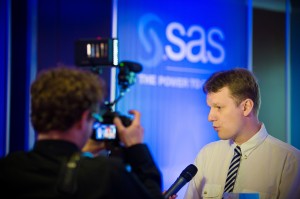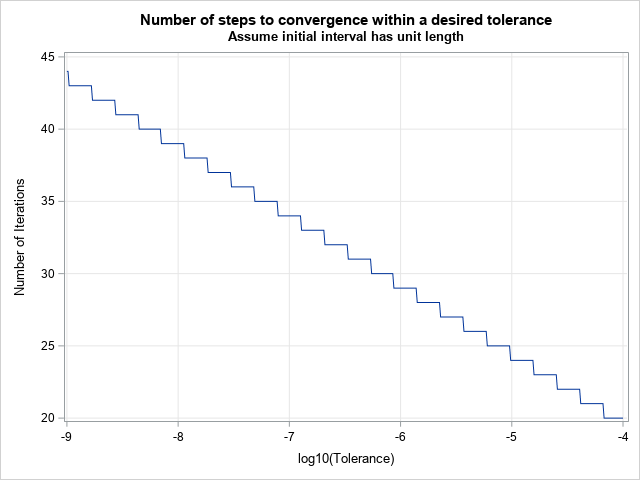
If anyone knows how to finesse insight out of data, it’s Bart Baesens, professor at KU Leuven (Belgium), and a lecturer at the University of Southampton (United Kingdom).
Not only has he written a book about it, Analytics in a Big Data World: The Essential Guide to Data Science and Its Applications, but he also teaches a number of Business Knowledge Series courses, including Advanced Analytics in a Big Data World.
And in his spare time (because I don’t think he requires sleep) he tutors, advises and provides consulting support to international firms with respect to their analytics and credit risk management strategy.
Despite his busy schedule, he’s always available to answer my questions about the latest in analytics. So here they are – I kept it to just five for him.
- What is your advice for organizations trying to implement the latest trends such as mass customization, personalization, Web 2.0, one-to-one marketing, risk management, and fraud detection?
In a nutshell, it would be: invest in data and analytics! The applications you mention all require data, typically collected across a diversity of channels (e.g. on-line, off-line, mobile, web, email, etc.). The data collected sheds a unique and comprehensive perspective about a customer’s behavior and/or engagement. By using analytics, organizations can get a clear picture about this, which will allow them to gain competitive leverage and explore new strategic opportunities. Obviously, it is hereby of key importance that the data is of good quality. That’s why firms are more and more investing in data governance initiatives.
- What’s the biggest mistake organizations are making when trying to implement big data strategies? And how can they fix it?
Well, actually, there a few if you ask me. First of all, big data and analytics should be embedded into a firm’s DNA. In other words, it should be supported by all decision levels in the company, from operational to tactical and strategical. That’s why it’s of crucial importance to set up the necessary corporate governance initiatives in terms of organizational impact, logistics and support (both hardware and software), and of course: education and training! Furthermore, big data & analytics is not magic so make sure to appropriately level set your expectations at the outset of the project. Finally, there are still business settings where data is only available in small quantities. Just think about new or very specific products for example. In those settings, it is important to optimally combine the (often tacit) business knowledge with the limited data available using specialized (e.g. Bayesian network) techniques.
- How do you see emerging data science techniques changing business processes in the future?
I think there will be multiple effects. First of all, thanks to data science, the performance and efficiency of business processes will improve. This will result into cost savings and/or value creation. A next effect will be regulatory compliance. Given the impact of analytics, which is now bigger than ever before, we see more and more regulatory guidelines being introduced to develop analytical models. Just think about the Basel and Solvency accords in risk management for example. Another popular example concerns privacy regulation. Data science techniques will allow to ensure that business processes are regulatory compliant. Last but not least, data science can provide better transparency into business processes by providing new insights into customer behavior. Think about fraud detection for example, where data science can uncover new fraud mechanisms which can then in turn be used to develop better fraud prevention business processes.
- You recently developed a course, Advanced Analytics in a Big Data World. What real-world skills can students pick up in the class?
In a first lesson, I start by zooming into the analytical process model and discuss the key characteristics of an analytical model: accuracy, interpretability, operational efficiency, economical cost, and regulatory compliance. This is followed by a discussion of how state of the art analytical techniques can be used to develop analytical models satisfying these characteristics in settings such as credit risk modeling, fraud detection, churn prediction, customer segmentation, customer lifetime value modeling, etc. Techniques discussed are: decision trees and ensemble methods (bagging, boosting and random forests), neural networks, support vector machines, Bayesian networks, survival analysis and social networks. The course concludes by discussing how to monitor and backtest analytical models. It includes lots of real-life examples and case studies across diverse settings. I also extensively report on my recent research findings and industry consulting experience.
- Any concluding advice you have for aspiring data scientists?
Yes, sure! The world is changing at a faster pace than ever before. Just think about the Internet of Things, drones, self-driving cars, etc. I believe we are only at the start of the data avalanche. To spearhead the competition, it is of key importance to continuously educate yourself, understand new technologies and see how they can create added business value. Knowledge is power, remember! I hope my new E-learning course can contribute to shape the next generation of data scientists!






